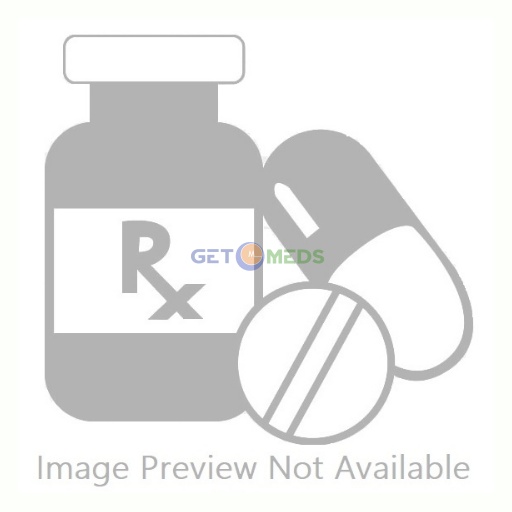-
Verzit 250mg Tablet (Rs.59.34)
Composition: Azithromycin (250mg)
-
Vazith 250mg Tablet (Rs.54.38)
Composition: Azithromycin (250mg)
-
Cyrozit 250 Tablet (Rs.108.38)
Composition: Azithromycin (250mg)
-
Douxzit 250mg Tablet (Rs.62.81)
Composition: Azithromycin (250mg)
-
Daneez 250mg Tablet (Rs.62.41)
Composition: Azithromycin (250mg)
-
Triazi 250mg Tablet (Rs.97.78)
Composition: Azithromycin (250mg)
-
Vzith 250mg Tablet (Rs.117.19)
Composition: Azithromycin (250mg)
-
Daythro 250mg Tablet (Rs.52.5)
Composition: Azithromycin (250mg)
-
Dermozy 250 Tablet (Rs.65.16)
Composition: Azithromycin (250mg)
All Details About Dexocin 250 Tablet
Find out detailed description, uses, directions of use, side effects, warnings and precautions, frequently asked questions about Dexocin 250 Tablet
Description:
Dexocin 250 Tablet is an antibiotic used to treat various types of bacterial infections of the respiratory tract, ear, nose, throat, lungs, skin, and eye in adults and children. It is also effective in typhoid fever and some sexually transmitted diseases like gonorrhea.Dexocin 250 Tablet can be taken with or without food. Take it regularly and at a fixed time. Do not skip any doses and finish the full course of treatment even if you feel better. Stopping the medicine too early may lead to the return or worsening of the infection.
Ordinary side effects seen with Dexocin 250 Tablet include diarrhea, vomiting, nausea, and stomach pain. These are usually temporary and subside with the completion of treatment. Consult your doctor if you find these side effects worry you or persist for a longer duration.
Do not use Dexocin 250 Tablet if you have a history of cholestatic jaundice or hepatic dysfunction that can be worsened with the use of Dexocin 250 Tablet. Inform your doctor if you have any previous history of allergy or heart problems before taking this medicine. Pregnant or breastfeeding women should consult their doctor before using this medicine.
Directions For Use:
Take this medicine in the dose and duration as advised by your doctor. Swallow it as a whole. Do not chew, crush or break it. Dexocin 250 Tablet may be taken with or without food, but it is better to take it at a fixed time.Side Effects:
Dexocin 250 Tablet does not pose serious side effects and is well-tolerated by children. In case the side effects do occur, they’re likely to subside once the body adapts to the medicine. Consult your child’s doctor if these side effects persist or bother your child. The most common side effects include-Ordinary side effects of Dexocin
- Diarrhea
- Nausea
- Abdominal pain
Warning & Precautions:
FAQs:
Is Dexocin 250 Tablet safe?
What if I don't get better?
How long does it take Dexocin 250 Tablet to work?
What should I avoid while taking Dexocin 250 Tablet?
Is Dexocin 250 Tablet a strong antibiotic?
Written by:
Dr. T. Sharmila Krishna
M.B.B.S., MD (Biochemistry)
Reviewed by:
Dr. Sureshbabu Yadav
M.B.B.S., DIP.DIAB, F.R.S.H
Disclaimer:
Getomeds primary intention is to ensure that its consumers get information that is reviewed by experts, accurate, and trustworthy. The information and contents of this website are for informational purposes only. They are not intended to be a substitute for professional medical advice, diagnosis, or treatment. Please seek the advice of your doctor and discuss all of your concerns about any disease or medication. Do not disregard or postpone seeking professional medical advice because of something you read on Getomeds. Our mission is to support, not replace, the doctor-patient relationship.
